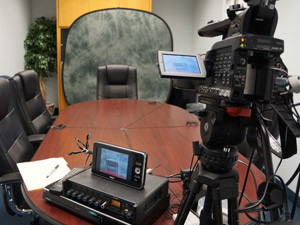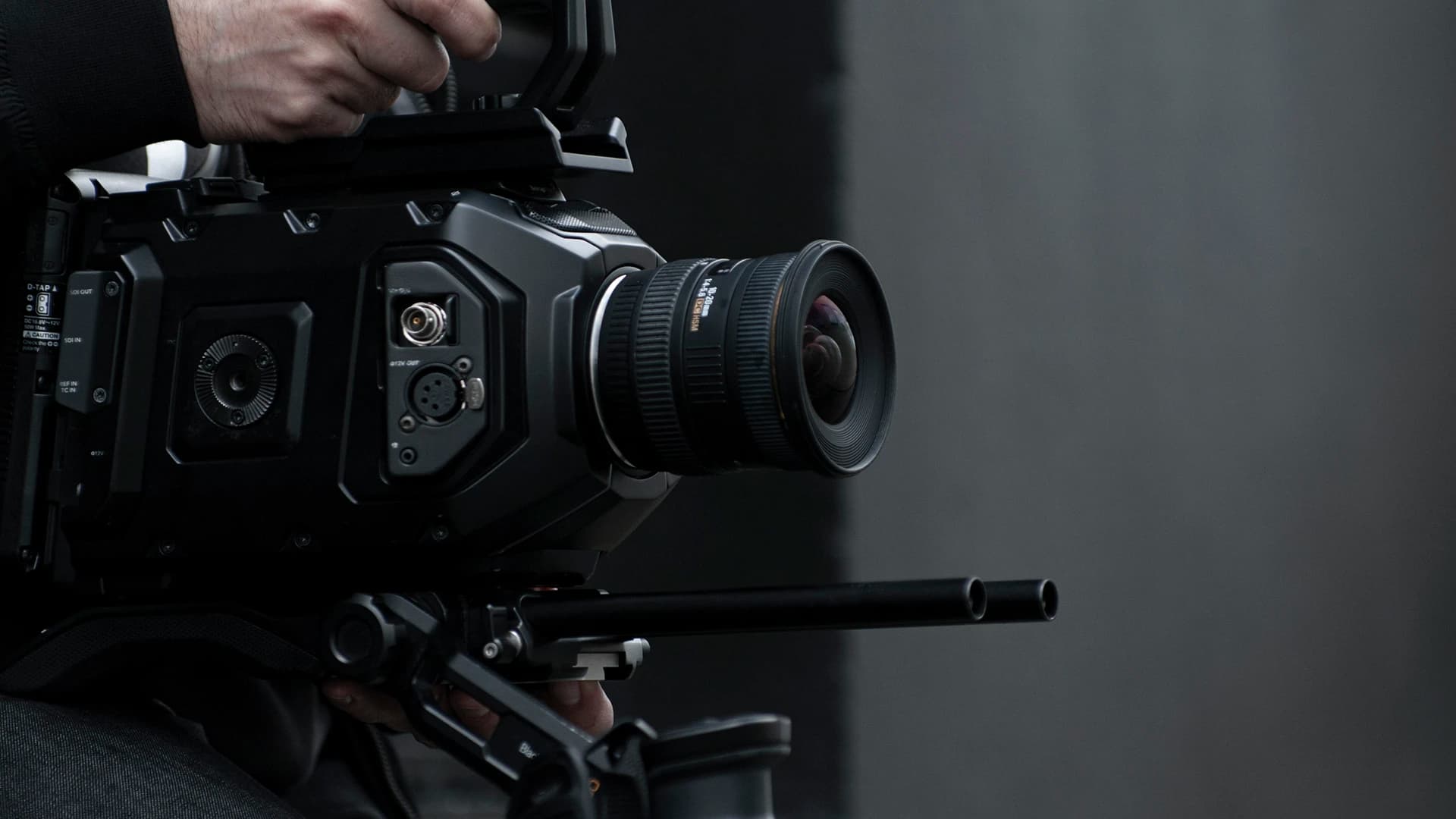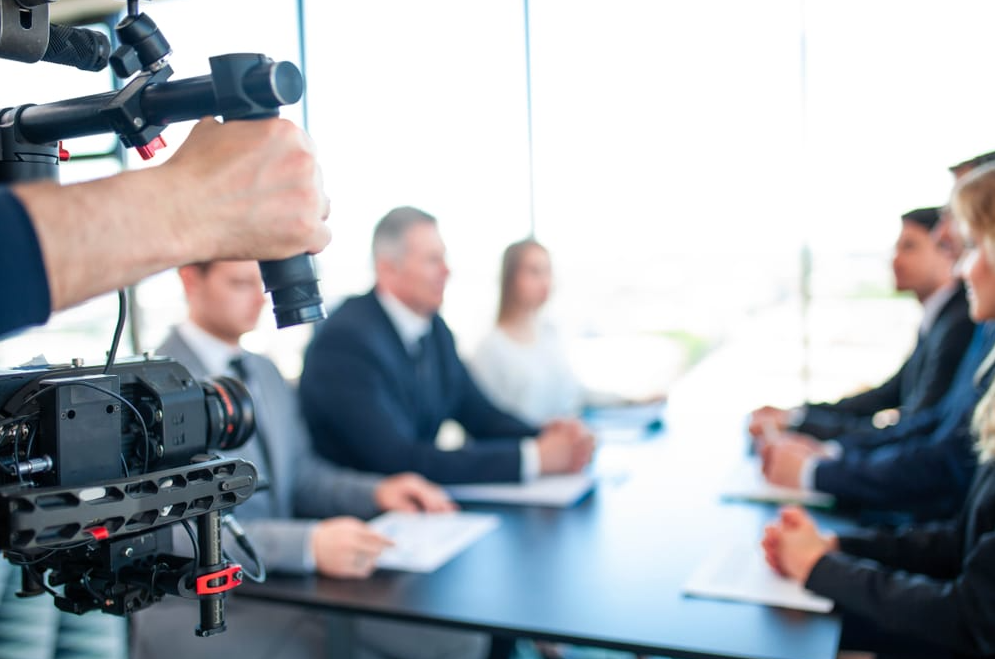The Relevance of Lawful Videography in Court Room Presentations
Legal videography has arised as a crucial device in courtroom discussions, supplying a multidimensional point of view on witness statements that transcends simple transcripts. As we discover the different elements of legal videography, including its benefits and finest practices, it becomes noticeable that its influence on the judicial process warrants a better exam.

Understanding Lawful Videography
Just how does lawful videography boost courtroom discussions? Lawful videography is a specialized field that catches aesthetic and audio recordings of courtroom proceedings, depositions, and witness statements.
The process entails the use of premium video clip tools and expert methods to make sure quality and fidelity. Legal videographers are trained to understand court room methods and the legal importance of the recordings they produce. This know-how guarantees that the last product sticks to legal standards and can be dependably made use of as evidence.
Furthermore, lawful videography serves as an invaluable tool for appellate cases, where assessing the initial testimony is crucial. The ability to revisit witness declarations in their original context help in understanding nuances that may be lost in composed transcriptions (legal videography). In recap, lawful videography improves court room presentations by supplying a thorough, accurate, and interesting approach of documenting and providing proof, ultimately contributing to a much more educated judicial process
Advantages for Attorneys
Legal videography supplies substantial benefits for attorneys, boosting their ability to existing situations efficiently. Among the primary advantages is the ability to catch witness testaments and depositions with precision, making certain that the nuances of spoken and non-verbal communication are protected. This enables attorneys to present an engaging story that reflects the credibility and feelings of witnesses.

In addition, the expert quality of lawful video can reinforce an attorney's credibility. A well-produced video clip shows thorough preparation and interest to detail, which can favorably influence the understanding of both the attorney and their situation. In addition, the use of lawful videography can speed up test processes, as it enables quicker referral to taped statements, decreasing the requirement for extensive reading of records.
Enhancing Court Interaction
Enhancing jury involvement with using lawful videography can significantly impact the performance of court discussions. In an atmosphere where jurors are tasked with soaking up complicated information, visual help can serve as a powerful tool to keep attention and help with understanding. Lawful videography transforms standard proof into dynamic visual narratives, enabling jurors to connect mentally and read this cognitively with the material offered.
The consolidation of video clip evidence can clear up complex details that may be challenging to communicate via spoken testament alone. By presenting a graph of occasions, the court can more easily realize the context and nuances of the case, leading to informed deliberations. Moreover, lawful videography can stimulate a feeling of realistic look, developing a more powerful link with the realities and cultivating compassion for the individuals entailed.
Efficient lawful videography likewise fits diverse understanding styles within a jury, enhancing retention of the information provided (legal videography). By attracting both acoustic and aesthetic students, lawyers can ensure that their debates reverberate with a wider audience. Ultimately, the calculated use lawful videography not only records jurors' interest yet likewise enhances their general understanding, leading to more fair verdicts
Types of Lawful Video Evidence
The integration of videography in courtroom discussions incorporates different sorts of lawful video clip proof, each offering unique functions in the search of justice. One famous category is deposition videos, which record witness testimonies in a controlled setting, ensuring that important details is maintained and offered precisely during tests. These recordings allow jurors to observe the attitude and trustworthiness of witnesses, enhancing their understanding of the testimony.
An additional substantial type is security footage, which can provide crucial context in criminal cases. This video evidence frequently aids develop timelines, places, and activities of people associated with an event, consequently helping the court in creating a thorough photo of the events.
Demonstrative evidence in video clip layout is additionally necessary, as it can show complex principles or recreate mishap scenes. Such videos assist jurors imagine situations that are otherwise challenging to understand through verbal explanations alone.
Lastly, proof from body-worn video cameras made use of by police can provide an unfiltered sight of interactions throughout vital events, adding to transparency and accountability. Each of these video kinds plays an important role in the court room, boosting the total discussion of proof and supporting a fair judicial process.

Best Practices for Implementation
Exactly how can lawful specialists efficiently incorporate videography into their court room discussions? It is essential to pick knowledgeable videographers who comprehend the legal context and can make sure that all recordings stick to appropriate laws.
Next, specialists should prepare the videography in advance, determining crucial moments and statements that will boost their situation. This calculated approach permits for focused material that reverberates with the jury. Moreover, organizing the videos into meaningful segments tailored to the courtroom's innovation will help with smooth integration during presentations.

Additionally, legal groups need to rehearse exactly how to provide the video clip evidence successfully, making this article sure that all participants recognize with the content and the innovation being made use of. This prep work minimizes disruptions and takes full advantage of influence. Preserving a clear story and linking the video clip proof to the overarching case style will certainly enhance the arguments being made.
Final Thought
To conclude, lawful videography dramatically boosts court room presentations by offering a detailed and appealing medium for witness testaments. Its ability legal videography to record both verbal and non-verbal cues aids in the quality and efficiency of proof, inevitably supporting fairer decisions. By adhering to well established procedures and employing finest methods, legal videography acts as an indispensable device for attorneys, promoting better court engagement and understanding of intricate information within the lawful process.